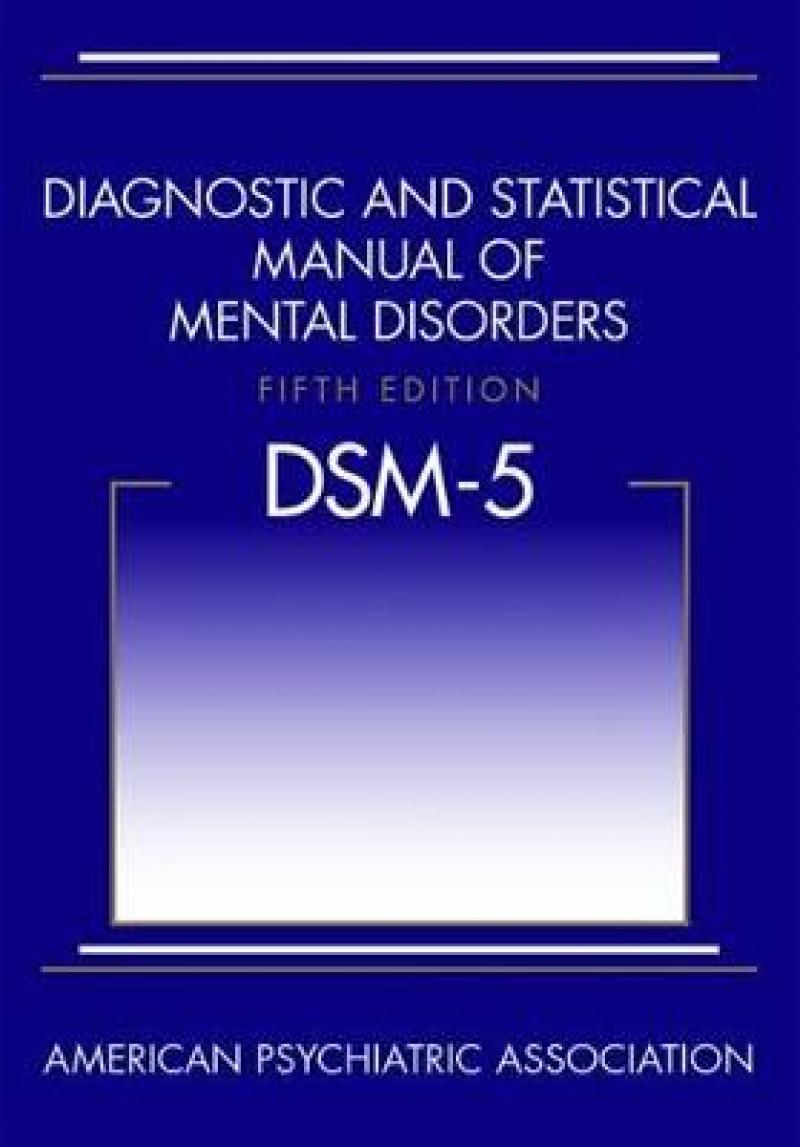<em>DSM-5</em> has been underused and underappreciated as a source of commentary and context for the disorders whose boundaries it defines. In fact, there is much to admire in the content as well as the design of the volume. All too often trainees, busy clinicians, and educators alike skip hurriedly past its hundreds of pages of text to locate the boxed criterion sets that have come to be seen as the primary function of the manual. In doing so, they miss a rich set of clinical descriptions, conceptual frameworks, and related information regarding the disorders described. Treated not as a manual but as a textbook of clinical pathology, DSM-5 proves to be a thorough, authoritative, and respectably well-written addition to the genre." - Michael D. Jibson & Lisa S. Seyfried, University of Michigan, Ann Arbor, MI, USA, <em>Academic Psychiatry</em>
<em>DSM-5</em> has been underused and underappreciated as a source of commentary and context for the disorders whose boundaries it defines. In fact, there is much to admire in the content as well as the design of the volume. All too often trainees, busy clinicians, and educators alike skip hurriedly past its hundreds of pages of text to locate the boxed criterion sets that have come to be seen as the primary function of the manual. In doing so, they miss a rich set of clinical descriptions, conceptual frameworks, and related information regarding the disorders described. Treated not as a manual but as a textbook of clinical pathology, DSM-5 proves to be a thorough, authoritative, and respectably well-written addition to the genre." - Michael D. Jibson & Lisa S. Seyfried, University of Michigan, Ann Arbor, MI, USA, <em>Academic Psychiatry</em>
